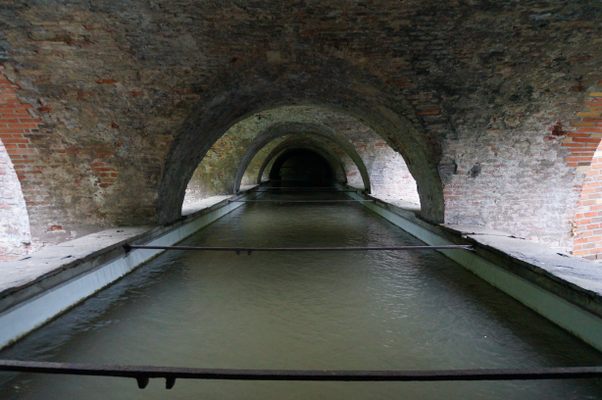About
This ancient bridge towards the old town region of Augsburg dates back to the 18th-century. Taking a descent into the moat allows visitors to view the massive aqueduct that once supplied the city with drinking water and power to move waterwheels.
This aqueduct is one of the more unique found in the city because the water transportation system is divided into two, designed to lead two channels into one aqueduct into the city. It was constructed this way so that one channel, fed by the nearby river Lech, could power waterwheels and could be used to dispose of waste. The other channel, fed by springs in the forest, provided drinking water as it was completely separated from the other channels.
The aqueduct was originally comprised of wood but was replaced with the structure seen today around 1777 by Johann Christian Singer. The aqueduct also included a water tower that pumped water into the city's public wells and private households with perfect pressure.
Today, the water in the canals is no longer used for drinking, and the two streams now flow together before reaching the aqueduct.
In 2019, the city's water system was declared a World Heritage Site. It considers 22 different objects like water barriers, hydroelectric plants, in total 77 kilometers of canals and also the world's first artificial canoe trail where competitions of the Olympic Games in 1972 took place.
Related Tags
Know Before You Go
The park at the Red Gate (the former moat) is open around the clock. The aqueduct is located at the western end towards the open-air stage. There are also tours on offer through the adjacent water towers.
Published
April 28, 2020

























